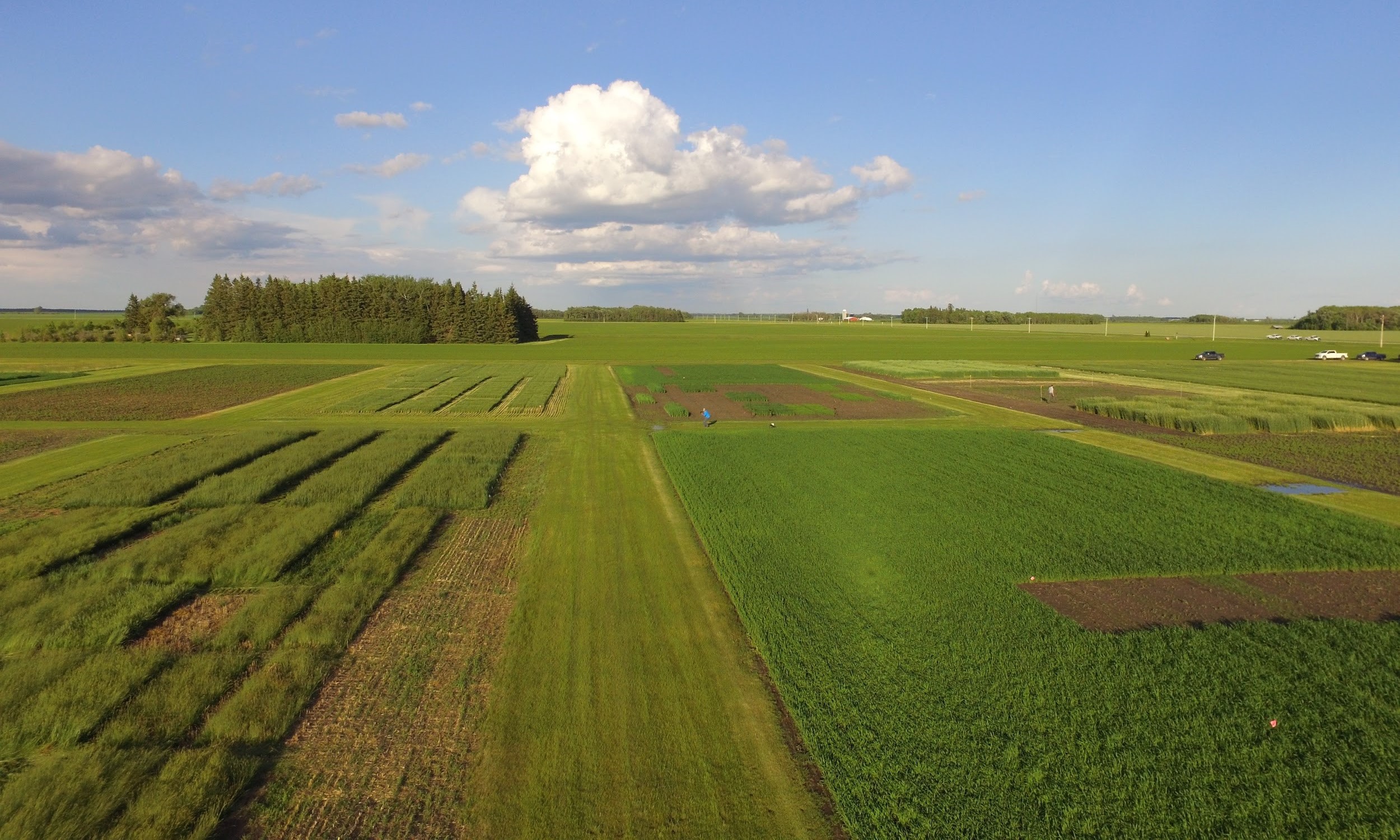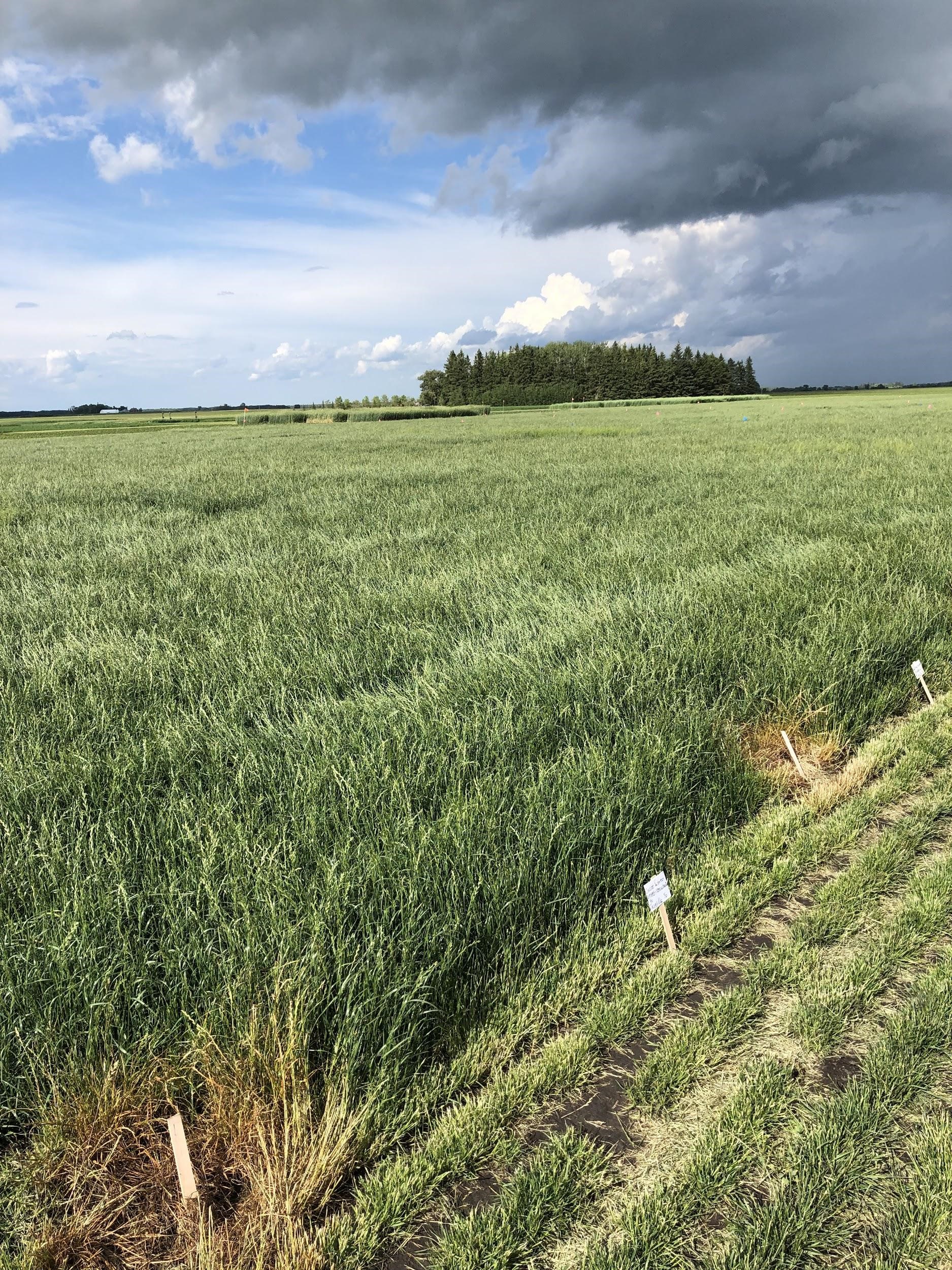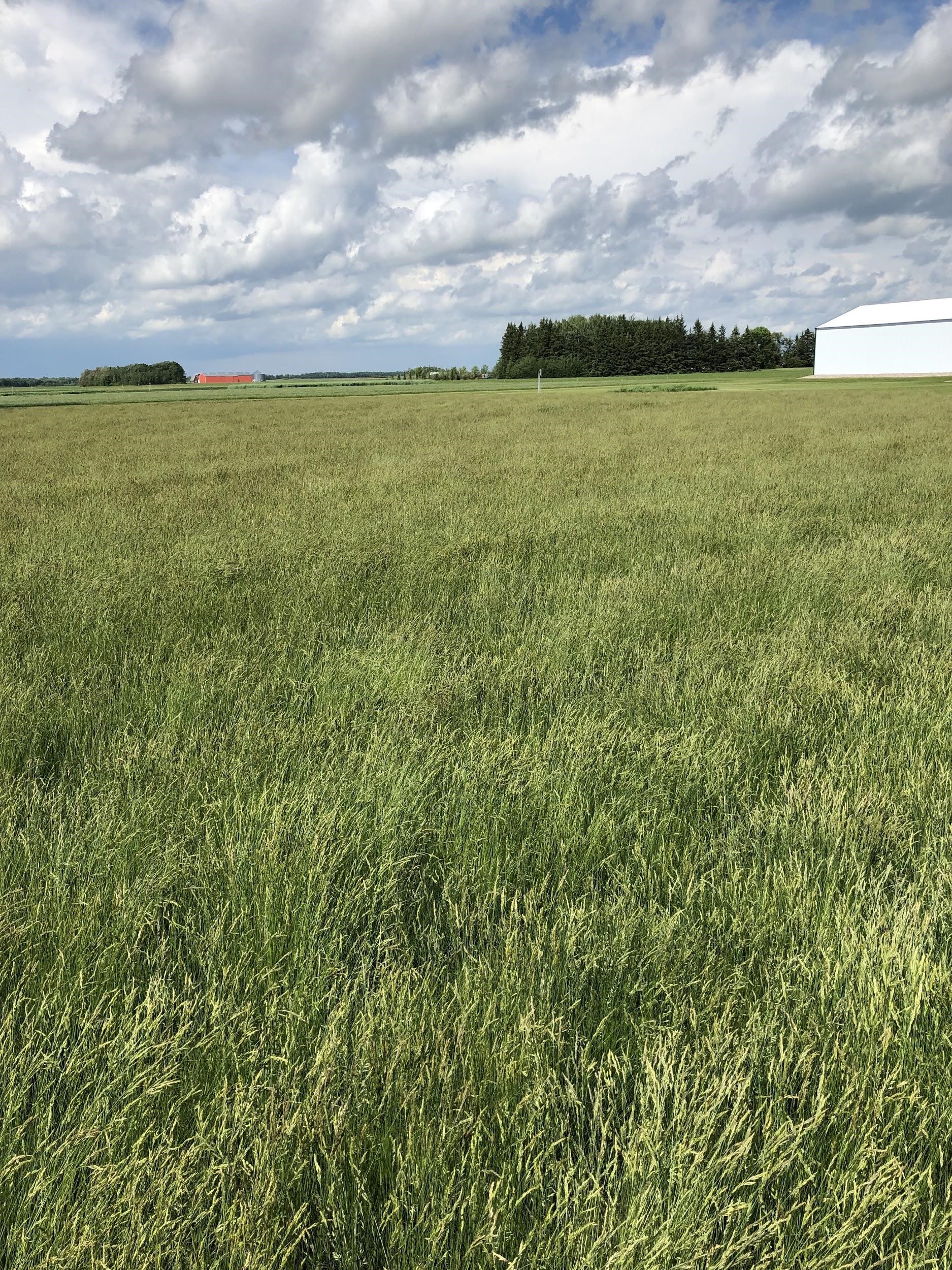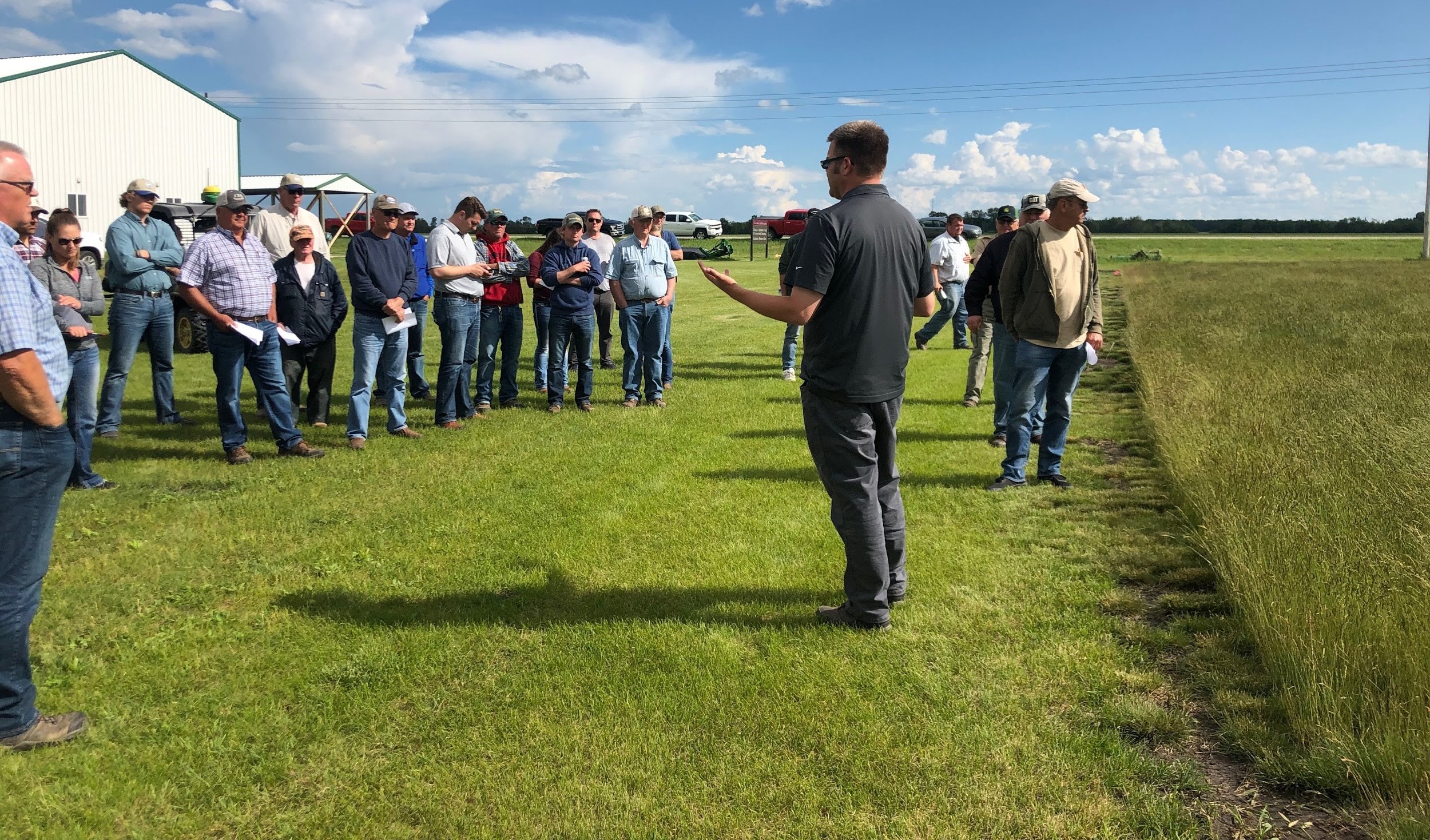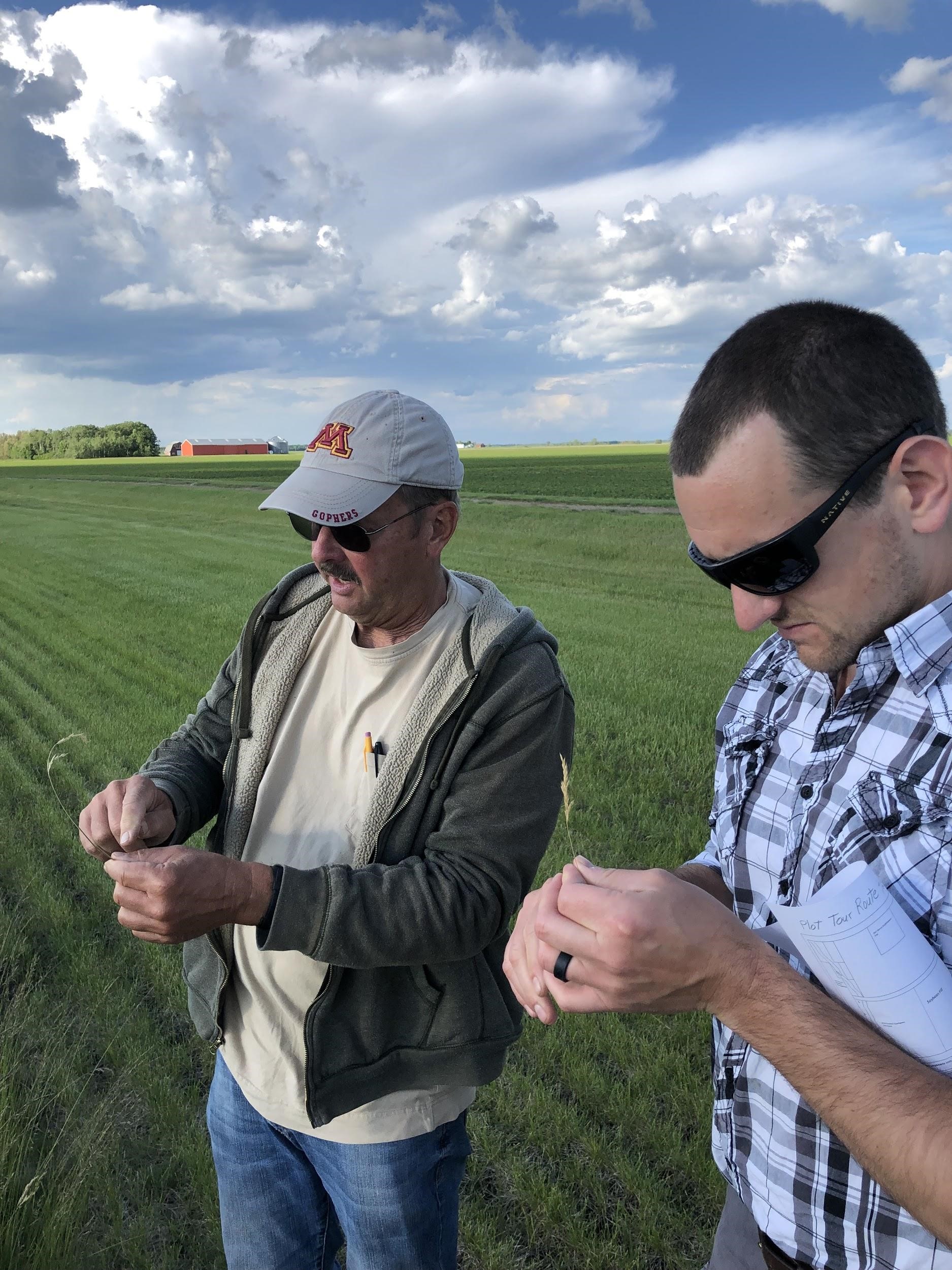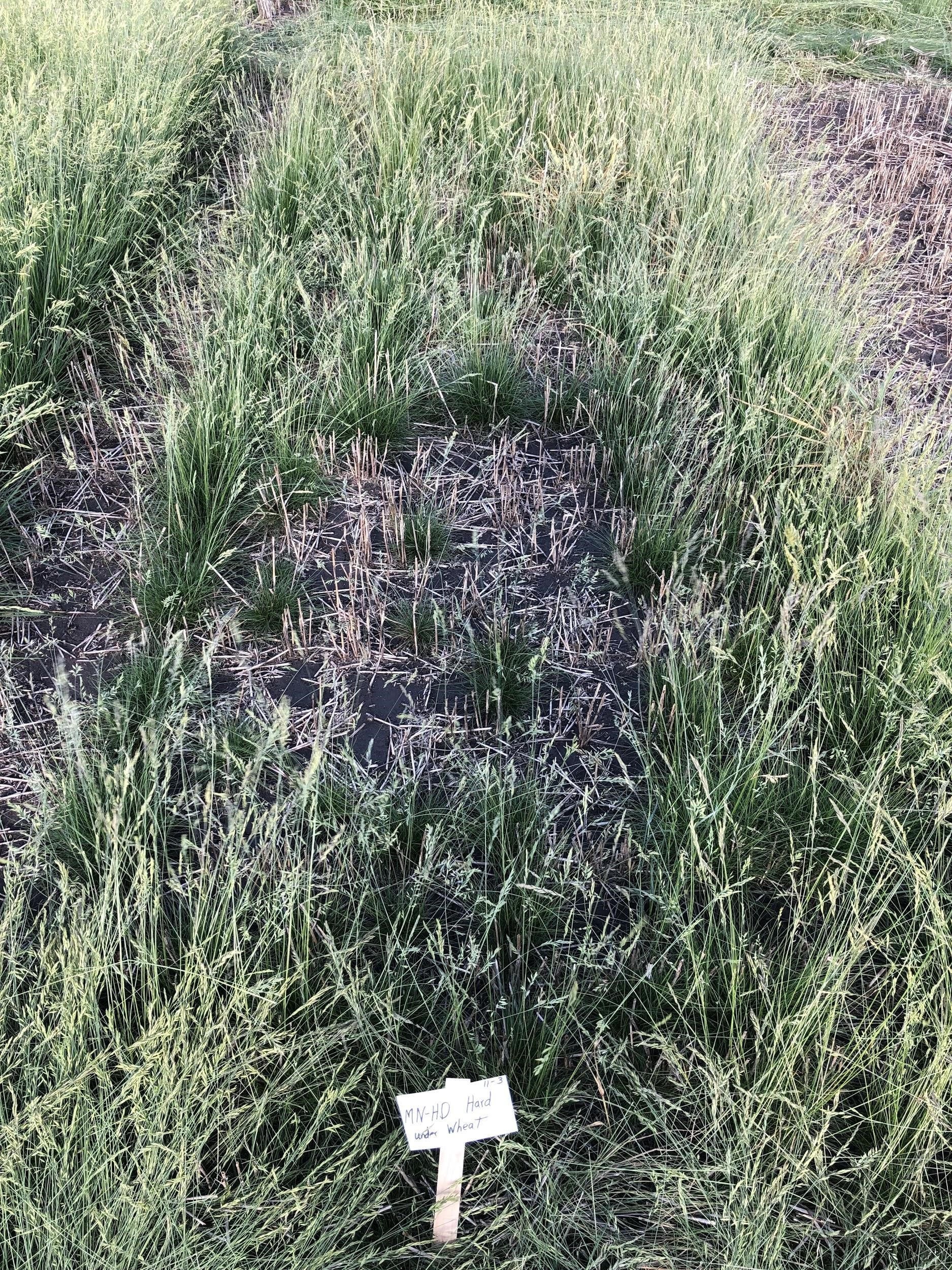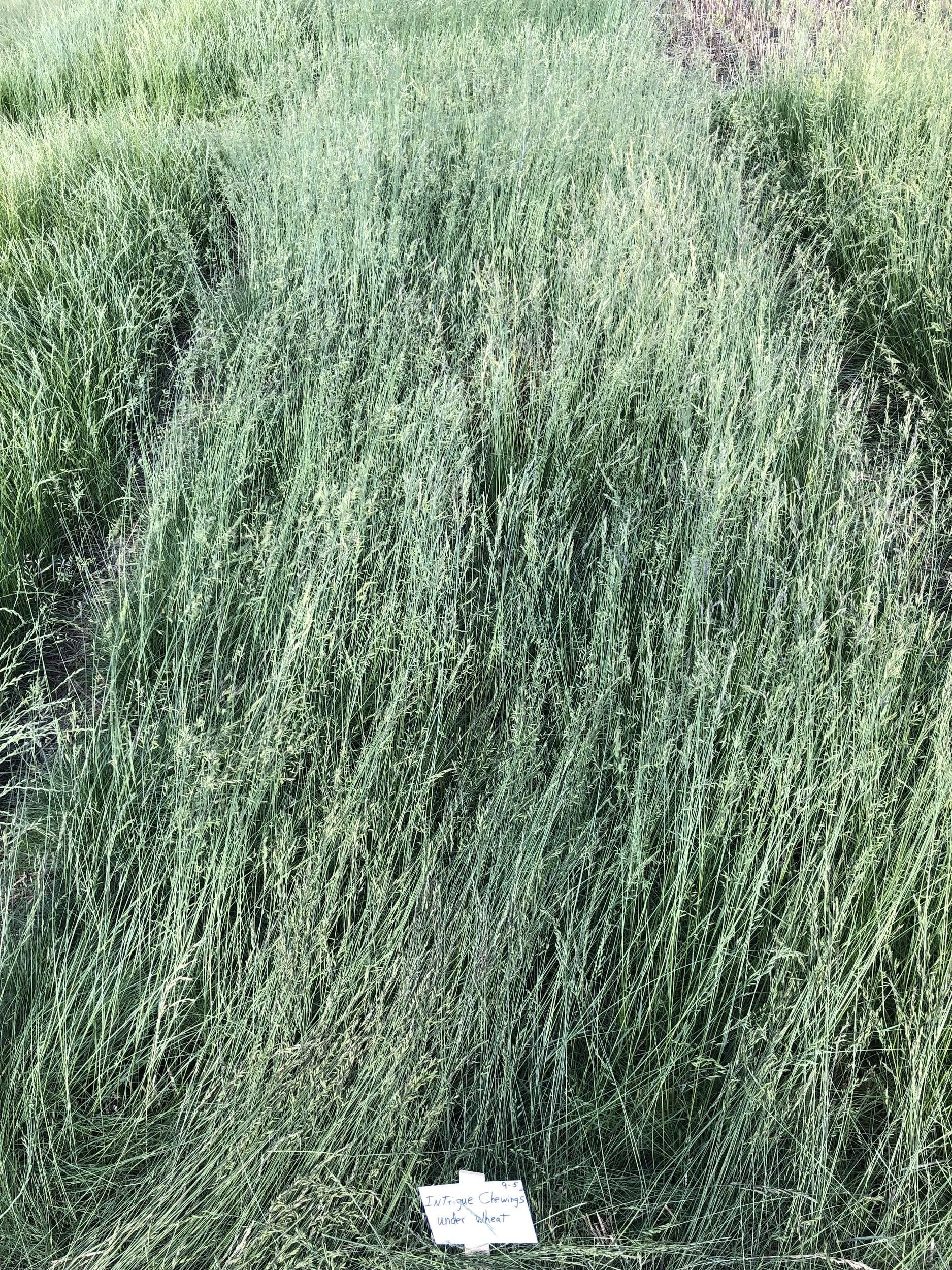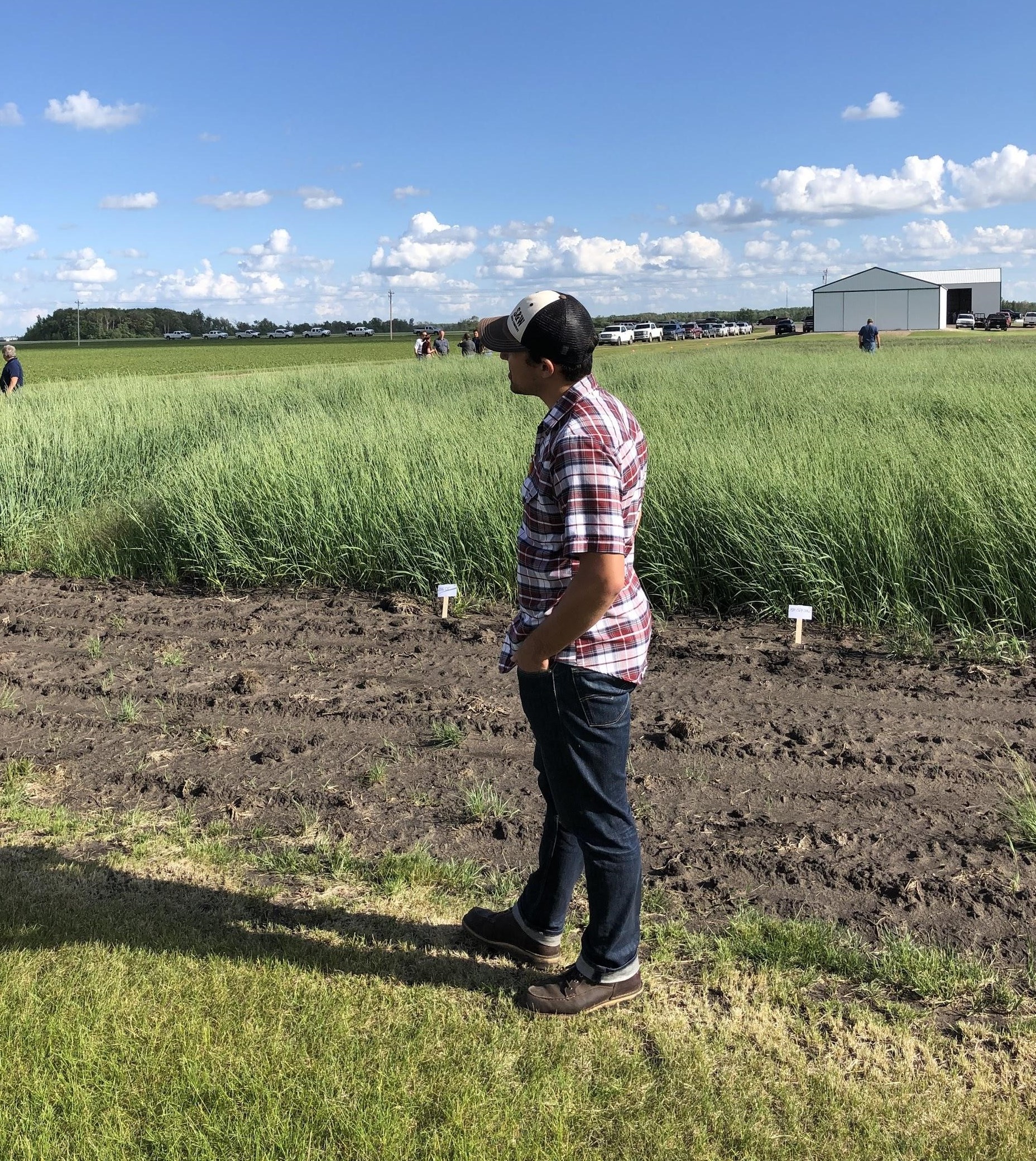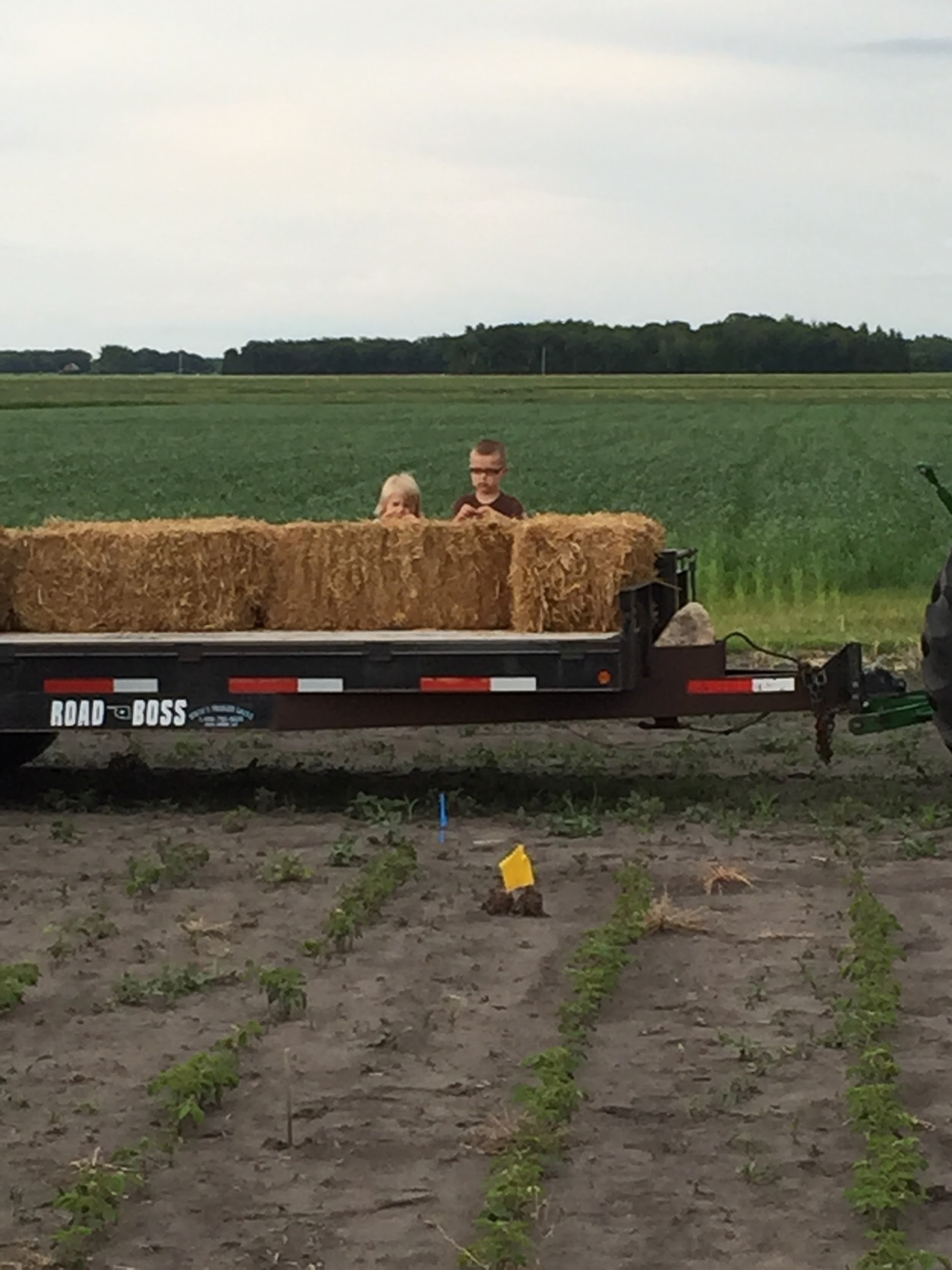By Eric Watkins
My grandfather was born in 1922 near Warroad, Minnesota on a farm his father had settled shortly before. In the 1930s, a New Deal program called the Beltrami Island Project resulted in the relocation of his family, along with several others, from their property. Some of the displaced stayed nearby, others left. My grandfather’s family, along with their house and barn, moved to Kerhoven in west-central Minnesota. When I was growing up, my grandfather spoke fondly of his time in Warroad--adventures involving bears grabbed most of our attention. My grandparents would make the trek north to Warroad almost every summer to visit old friends from his youth, pick wild blueberries, and hack their way through the woods to find the foundations of the farmhouse and barn my great grandfather built.
As a turfgrass researcher, I am also a regular visitor to Roseau County, Minnesota, the same county where my grandfather was born. The cold, unforgiving winters combine with just the right amount of daylight and rainfall during the summer to provide an excellent environment in which turfgrass seed can be produced, and grass seed fields now cover vast acreages near Roseau and Warroad. Seed production in this region is somewhere in the range of 30,000-40,000 acres (this still pales in comparison to Oregon and Washington where grass seed production is much higher). The first major production of Minnesota grass seed was ‘Park” Kentucky bluegrass beginning in the middle of the 20th century, and then in the 1990s research at the University of Minnesota resulted in the introduction of perennial ryegrass seed production, which is now the dominant species produced in Roseau and Lake of the Woods Counties. In recent years, we’ve seen some tall fescue seed production and our team at UMN has explored fine fescue seed production.
Each June, researchers from the University put on a grass seed field day where they highlight completed and ongoing research for grass seed growers. The field day is held at the Magnusson Research Farm, a facility that provides space for important grass seed production research (Figure 1).
The grass seed producers, represented by the Minnesota Turf Seed Council, are great supporters of research at the University of Minnesota. Research in Roseau has been going for for decades, and the council hosts a website that archives annual research reports summarizing the activities on the research farm.
Here’s a summary of some of the projects that were highlighted at this year’s field day, which was held in late June:
Perennial Ryegrass
Perennial ryegrass is not a great option for use as turf in Minnesota, but it does work well for areas that need to be quickly established such as a football field during the season or a sloped area to prevent erosion during turfgrass establishment; markets outside of Minnesota provide most of the need for the species. A major focus of the research program at Roseau, which is led by Dr. Nancy Ehlke and Donn Vellkeson in the Department of Agronomy and Plant Genetics, is determining best management practices for perennial ryegrass seed production (Figure 2). Growers are interested in learning more about fertilization recommendations, plant growth regulation, and new pesticides. A number of UMN-developed cultivars are grown for seed in northern Minnesota, including ‘Arctic Green’.
Fine fescue seed production
The next release out of the UMN turfgrass breeding program will be a hard fescue, currently named MNHD (it will have a new name that is slightly more exciting). The field pictured in Figure 3 is in its second year of seed production (the first year of seed production takes place after the plants have been through one winter). Last year, this field of MNHD yielded about 800 lb of seed per acre. This is a very good yield, especially considering we are still trying to determine other best management practices. It is unlikely that fine fescue becomes the predominant grass seed crop in northern Minnesota; however, identifying a few cultivars that work well there will allow farmers to move beyond only perennial ryegrass. Consumers seem to be moving towards lower input turfgrass options, so it may be that fine fescue demand goes up in the future requiring production in both Minnesota and Oregon to meet demand, while perennial ryegrass use goes down.
Companion Crops
One of the most interesting research trials we saw is being led by Dr. Florence Sessoms from our turfgrass science research group. In northern Minnesota, perennial ryegrass is seeded with spring wheat so that the first year of fine fescue growth can occur while the farmer grows and harvests a profitable crop (wheat). After wheat harvest, the stubble remains and provides an excellent snow catch for the perennial ryegrass stand, which increases the chance of winter survival. A while back, we began to wonder which companion crop could be grown along with the first year hard fescue stand. In Figure 6, you can see that growing MNHD with spring wheat did not work; the competition from the wheat was too much for the hard fescue to handle. Conversely, Chewings fescue (Figure 7) and strong creeping red fescue did quite well, which is not surprising given their ability to perform well under the poor light quality that would be expected under a vegetative canopy.
Other Crops
In addition to grass seed research, other crops are also grown at the research station to provide farmers with a diverse set of cropping options. One of the most promising and exciting of these is intermediate wheatgrass, which is sometimes marketed as “Kernza”. Here you can see Jacob Jungers, Assistant Professor in Agronomy and Plant Genetics, discussing some of the advanced breeding material that he is using in research on best management practices (Figure 8).
Farmers were also introduced to research on fababean, field pea, and hybrid rye.
One day, God willing, I will also regale my grandchildren with tales of Roseau County, with stories of fine fescue acreage rather than angry bears. The hearers of these agronomic tales will, predictably, not pass on this information to future generations.
